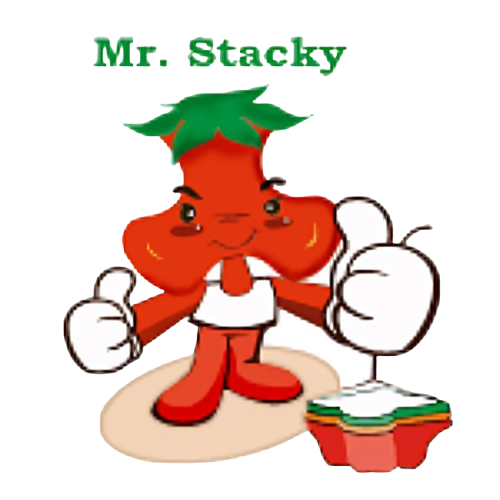Is Tower Farming a Viable Business Strategy?
Mr. Stacky Tower Farms introduces a smart and fun perspective on hydroponic farming, prioritizing results and cost-efficiency. The hydroponic systems are designed to deliver commercial-quality yields while maintaining affordability. Notably, the no-recirculation system ensures that each nutrient feed is fresh, contributing to healthier and more robust crop growth.
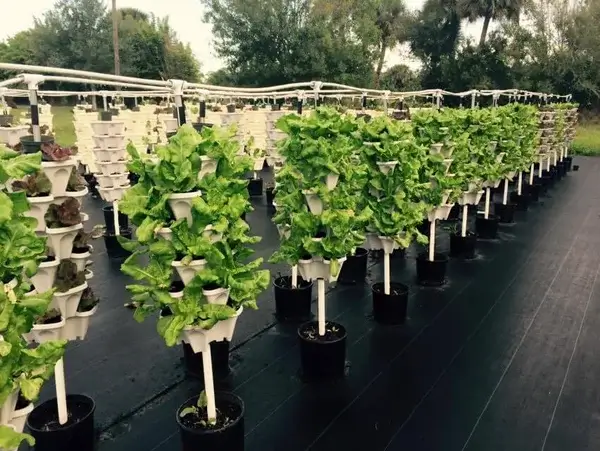
The Tower Farms offer several advantages that make them a wise choice for various agricultural endeavors. They require minimal infrastructure investment yet yield impressive results per square meter, making the most of available space. The systems are ultra-efficient and capable of operating off the grid, enhancing sustainability and resilience. The modular and scalable design provides adaptability to changing needs.
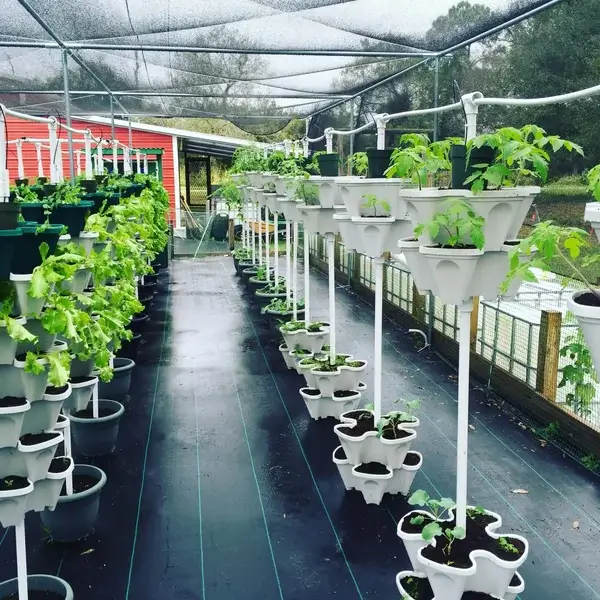
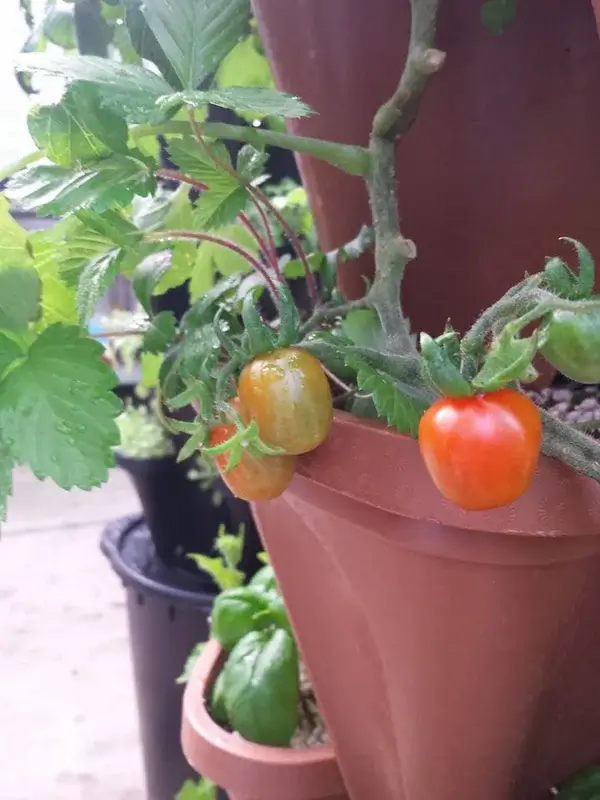
A core feature of the farms is their water efficiency, conserving this precious resource while promoting exceptional crop growth. Moreover, their versatility allows for setup in various environments and locations. What sets Mr. Stacky apart is the commitment to durability, ensuring that the systems are built to last.
For those seeking customization, Mr. Stacky offers ‘simple’ and ‘advanced’ fittings packages, along with add-ons like greenhouses, outdoor netting solutions, and in-line EC monitoring systems. The expertise in hydroponic tower farming ensures a swift start to your growing journey, with reliable delivery from the base on the Gold Coast, QLD.
Mr. Stacky Tower Farms embody innovation, efficiency, and sustainability, redefining modern farming practices and providing an alternative approach to agriculture.
Difference between traditional Tower Farms and Mr Stacky Tower Farms
Mr. Stacky hydroponic tower farms and traditional tower farms both offer unique approaches to vertical farming, but they differ in several key ways:
Growing Medium:
Mr. Stacky Tower Farms: These systems use a soilless growing medium like coco coir or Rockwool. Plants receive essential nutrients through a water-based solution, making it a highly efficient method of cultivation.
Normal Tower Farms: Traditional tower farms typically use soil as the growing medium, similar to conventional farming. This can be more labor-intensive and require more water compared to hydroponics.
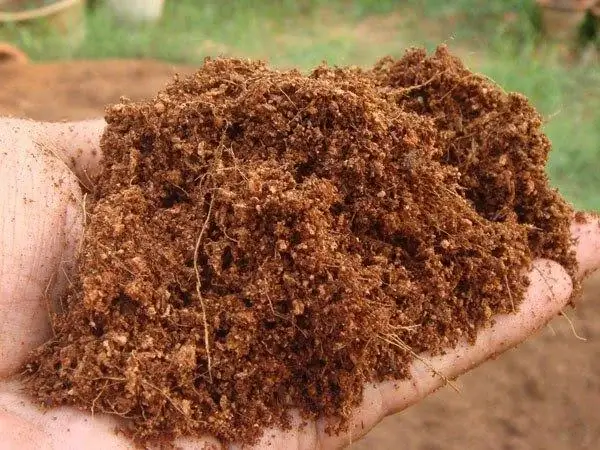
Coco Coir
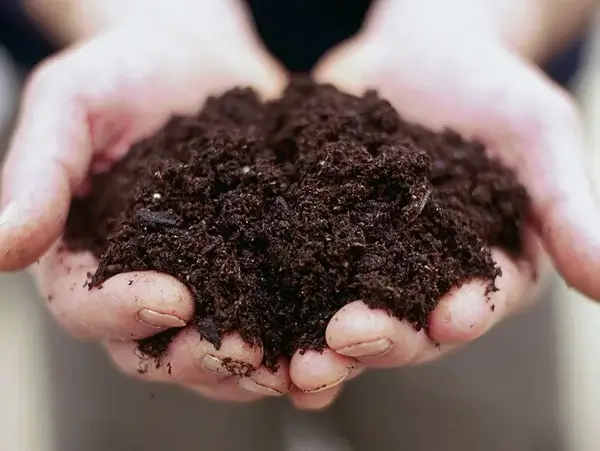
Soil
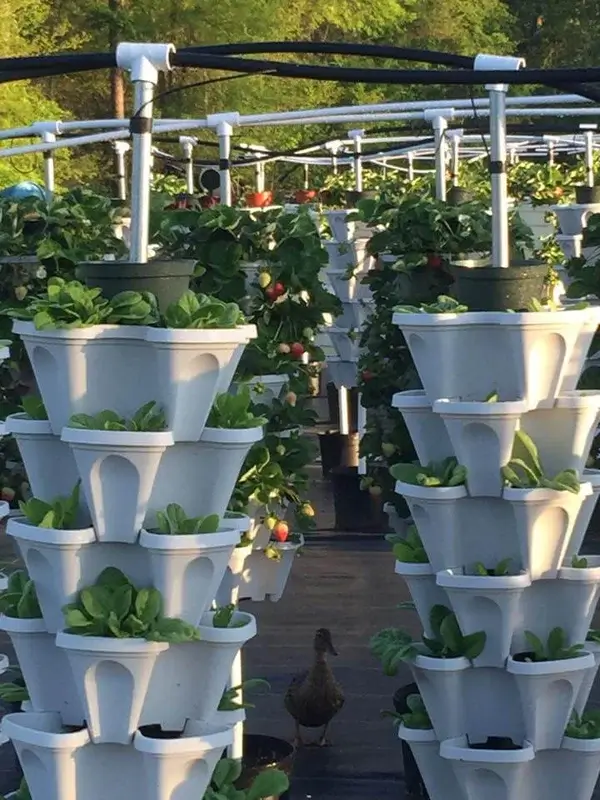
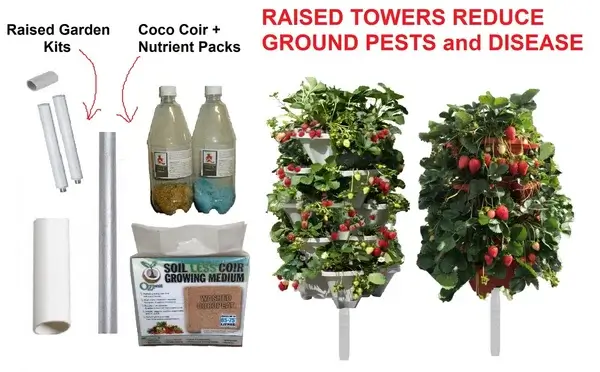
These Raised Towers are great for reducing ground pests and diseases.
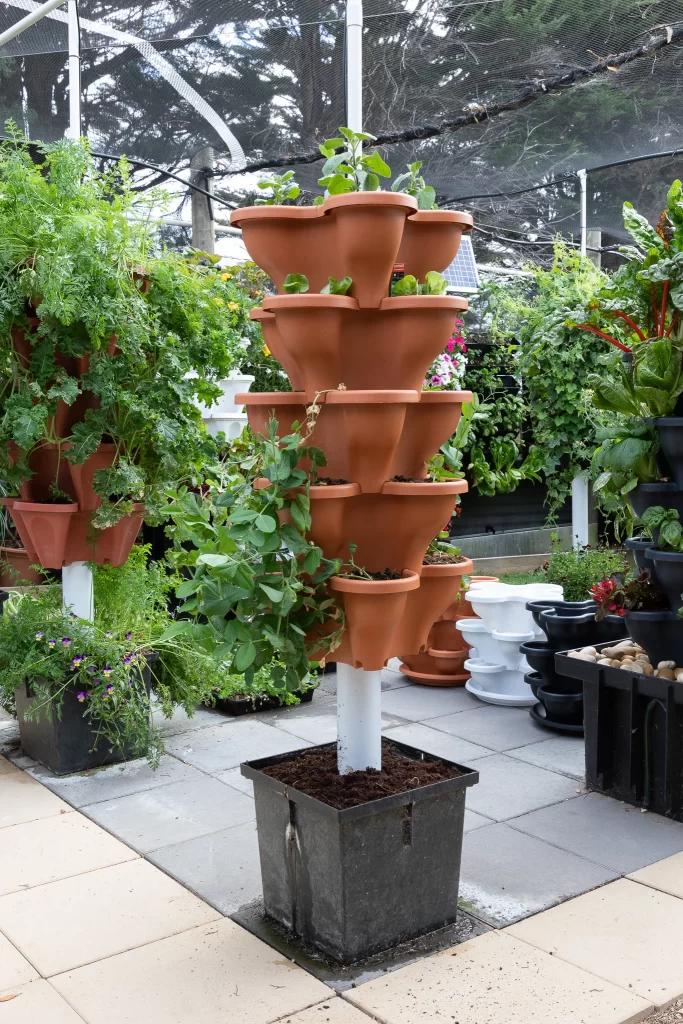
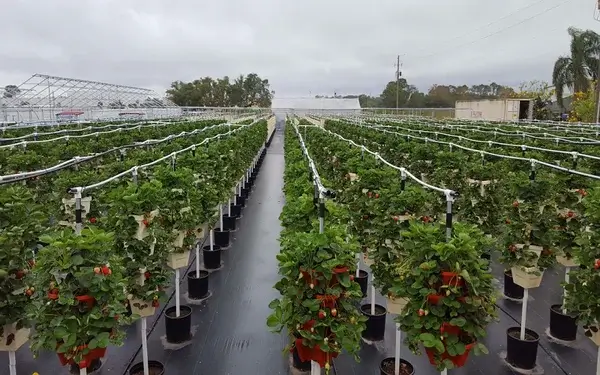
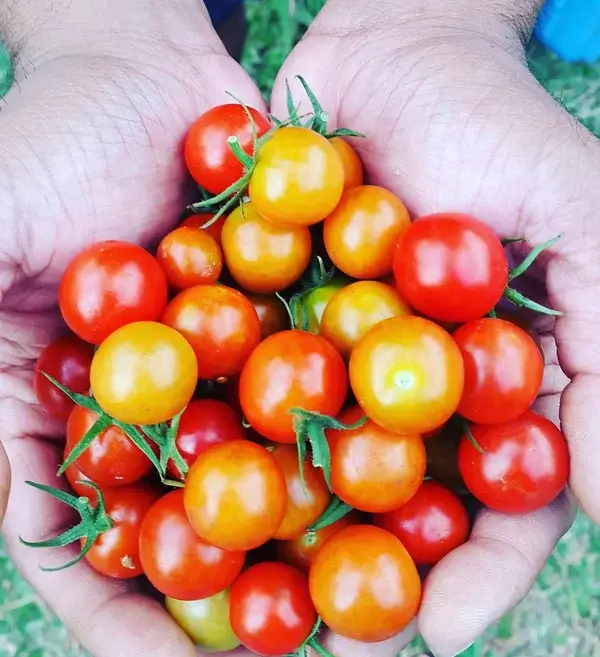
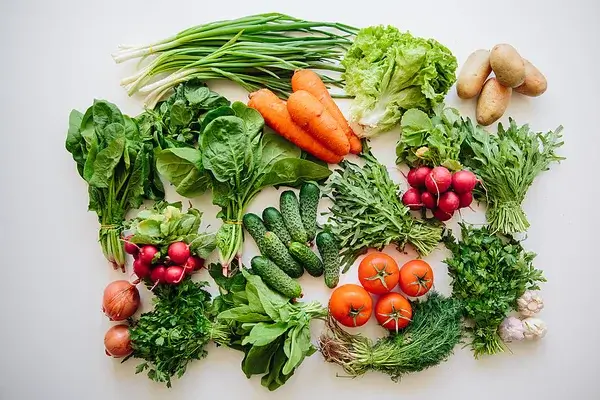
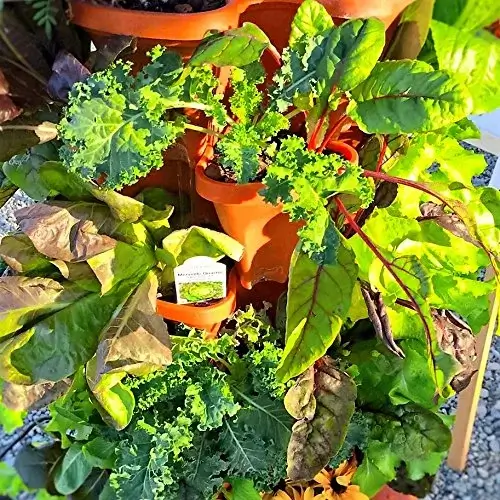
Nutrient Delivery:
Mr. Stacky Tower Farms: Nutrients are delivered directly to the plant roots through a water and nutrient solution. This precise control over nutrient uptake can lead to faster growth and increased yields.
Normal Tower Farms: Traditional tower farms depend on soil for nutrients, causing nutrient fluctuations and requiring soil testing and adjustments.
Water Efficiency:
Mr. Stacky Tower Farms: Hydroponic systems are generally more water-efficient than traditional farming, as they recirculate water and minimize wastage.
Normal Tower Farms: Traditional tower farms may use more water, especially in arid regions, as water can percolate through the soil and be lost to evaporation.
Pest and Disease Control:
Mr. Stacky Tower Farms: Hydroponic systems can be more easily controlled for pests and diseases, as there is no soil to harbor pathogens.
Normal Tower Farms: Traditional tower farms may require more effort to manage pests and diseases, and soil-borne issues can be challenging to address.
Space Utilization:
Mr. Stacky Tower Farms: Hydroponic tower farms are often designed with space optimization in mind, allowing for more vertical stacking of plants in a smaller footprint.
Normal Tower Farms: Traditional tower farms also use vertical space efficiently but may not be as compact as hydroponic systems.
Crop Selection:
Mr. Stacky Tower Farms: Hydroponics can accommodate a wide range of crops, including leafy greens, herbs, and some fruiting plants.
Normal Tower Farms: Traditional tower farms can grow a variety of crops, but the choice may be limited by soil quality and climate conditions.
Resource Inputs:
Mr. Stacky Tower Farms: Hydroponic systems may require an initial investment in equipment and nutrient solutions, but they can be more resource-efficient in the long run.
Normal Tower Farms: Traditional tower farms may require more soil preparation and maintenance, which can vary in cost depending on local conditions.
Ultimately, the choice between Mr. Stacky hydroponic tower farms and normal tower farms depends on factors such as available resources, climate, crop preferences, and the goals of the farm. Both systems have their advantages and can be successful when properly managed.
Commercial Farms
Smart Farming 30 Tower Farm
The increasing cost of food is a significant concern in Australia. If you have a small piece of land, you can generate a semi-passive income stream from it. This 30-tower farm can accommodate up to 1200 plant sites and only needs 45 sqm of land!
Achieving a successful backyard farm relies on employing the correct automation and growing methods. When you choose Mr. Stacky, you’re tapping into the collective wisdom gained from thousands of successful growers around the world.
A Conservative Business Case
30 Tower Parsely, Basil, Coriander, Mint Farm
- 30 meter area (3 x 10)
- 4 plant sites p/stack, 7 stacks p/tower = 840 total plant sites
- 2 bunches p/plant site p/month = 1680 bunches
- 1680 bunches @$1.50 p/bunch = $2,520 gross sales p/month
- $2520 p/month x 12 = $30,280 p/year
- Upfront investment $5000
- On-going costs approx $3000 p/year
- (nutrient + water + coco coir + packaging)
- Net income Year 1 – $22,280
Note: Yield increases if you stack higher! (see addon’s + overhead meshing solutions) 2x, 3x, 10x the yield with every 30 towers!
2x, 3x, 10x the yield with every 30 towers!
Interested? Find out more Here
Smart Farming 60 Tower Farm
This hydroponic tower farm comes complete with all the necessary components and can be controlled remotely through your smartphone. It offers 1680 large plant sites, and if you wish, you can increase the number of plant sites by adding a large base planter or more large stacks to the setup.
Rough Business Case (Strawberry Farm):
Upfront costs – $9000 + labour
Production – 2400 to 4800 kg strawberries p/year (40-80kg p/tower)
Revenue – $48,000 to $96,000 year 1 (Selling retail at $18 p/kg)
Ongoings – $6000 + labour p/year (eg. Water, nutrient, growing medium)
Profit Y1 – $32,000 – $80,000 
If you are interested in a 60 Tower Farm, Click Here for more details.
Smart Farming 100 Tower Farm
This advanced hydroponic tower farm includes all the essential components and can be conveniently controlled remotely via your smartphone. It features high-quality solenoid and Wi-Fi irrigation controllers, providing efficient management. This tower farm boasts 2800 medium-sized plant sites, and if you’d like to expand, you can easily do so by adding a large base planter for an extra 400 plant sites or by incorporating more large stacks, according to your preferences.
Rough Business Case (Strawberry Farm):
Upfront costs – $15000 + labour
Production – 4000 to 8000 kg strawberries p/year (40-80kg p/tower)
Revenue – $80,000 to $160,000 year 1 (Selling retail at $18 p/kg)
Ongoings – $7000 + labour p/year (eg. Water, nutrient, growing medium)
Estimated profit Y1 – $58,000 – $138,000 
Click Here, for more information..
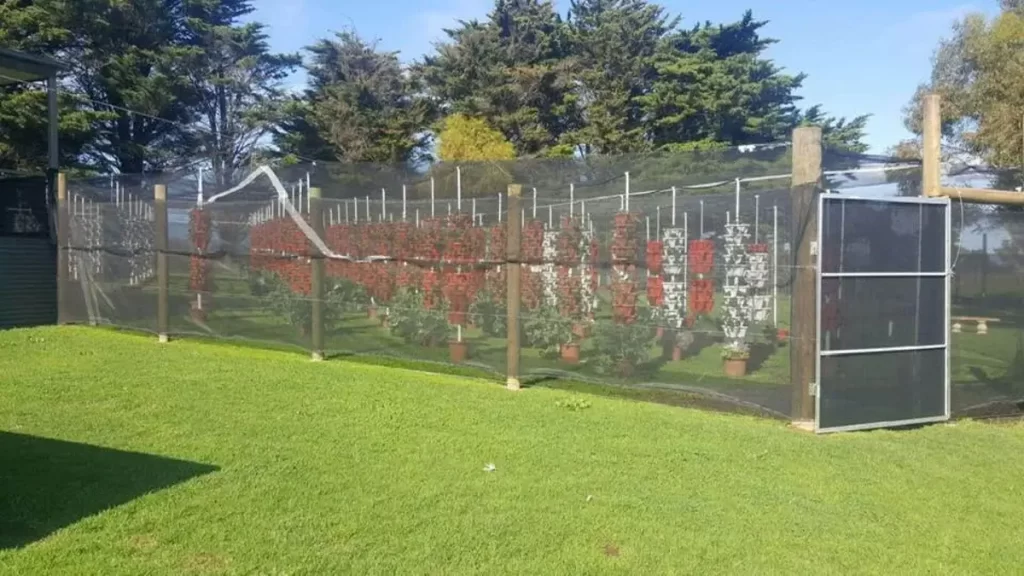
What is best Grown in Tower farms?
A commercial Mr. Stacky tower farm is highly versatile for growing various crops. Crop selection depends on specific needs and market demand. Crops such as leafy greens, herbs, strawberries, tomatoes, peppers, cucumbers, microgreens, flowers, small fruits, specialty crops, medicinal plants, and greenhouse varieties can thrive in this system. Mr. Stacky’s flexibility allows commercial growers to adapt to market trends and local conditions. With proper environmental controls and techniques, year-round cultivation becomes feasible, enhancing the system’s commercial potential.
Check out our video: Best crops for Tower Farms
General FAQ
How much water is needed?
The amount of water required depends on various factors such as sunlight, temperature, plant types, and growth stages. However, as a general guideline, we recommend budgeting for 1 liter of water per tower per day.
What’s the point of a drain to waste system?
This method consistently produces high-quality yields without the need for waste disposal or system flushing, resulting in low operational costs. Plants benefit from a continuous supply of fresh nutrients, maintaining stable pH levels and reducing the risk of pathogen attacks in nutrient water. Additionally, vertical systems require less logistical and maintenance effort compared to re-circulation systems. They provide effective root insulation from extreme heat using materials like coco or perlite, ensuring strong moisture retention and minimizing electricity usage, as no water pump is required. Overall, vertical growing proves to be a cost-effective solution with reusable growing mediums, making it a favorable choice for commercial growers.
How far should the towers be spaced apart?
We recommend min 1 to 1.2 meters apart to ensure adequate sun to all sections of the farm.
How is the Fertilizer injector used?
Our high-quality injectors include a one-year warranty and replacement parts for long-lasting performance. They are commonly used in global commercial fertigation systems, functioning through a venturi mechanism. Water pressure creates suction, pulling liquid fertilizer from a reservoir and mixing it with garden water. The injector is adjustable, allowing output variation from 0.4% to 4.0%. They are easy to use; just install them between your garden and water supply. The main challenge is ensuring the right electrical conductivity (EC) for your garden, but we provide clear instructions. These injectors are durable, backed by a one-year warranty, and can last over 2-5 years with replacement seals.
As for hydroponic nutrients, they are safe and widely used, derived from mineral salts, providing essential elements for plant growth. There’s no evidence that plants grown with these nutrients pose health risks to humans. They are based on decades of analysis and global use, making them a reliable choice for hydroponic systems. In summary, our injectors offer reliability and ease of use for fertigation, and hydroponic nutrients are safe and effective for plant growth in hydroponic systems.
How to grow 10x more Vegetables from home with this insane gardening method!
To Conclude
These tower farms offer an intelligent approach to urban agriculture by vertically stacking plants to save space. They are an eco-friendly way to grow and nourish various crops with care. In our urbanized world, Mr. Stacky’s farming method supports sustainable food production without harming the environment, providing a practical solution for our food needs.
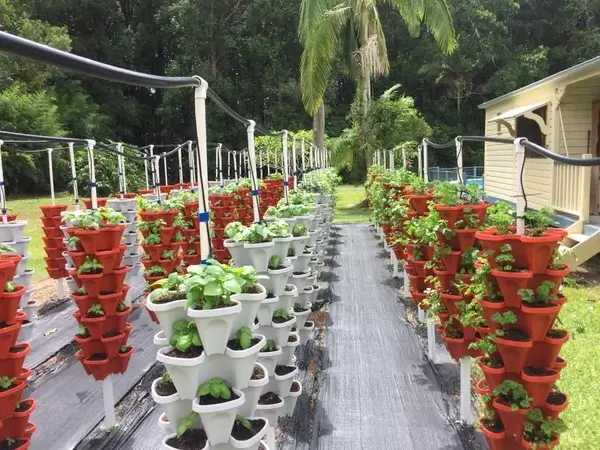
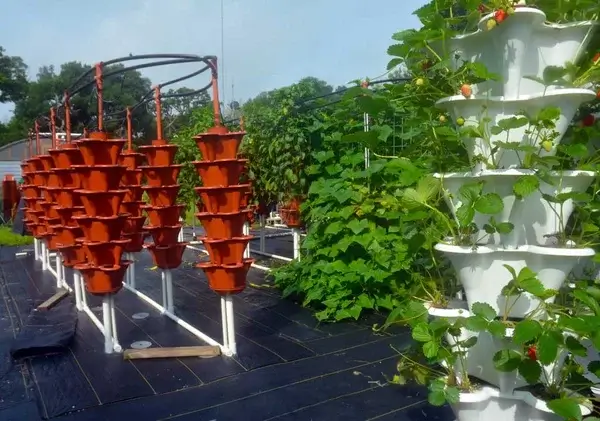

Check out the set-up process of the commercial Hydroponic Tower Farms.

About the Author
Mr Stacky is the leader in Tower Garden Systems in Australia, specializing in commercial hydroponic farming, urban farming & residential vertical gardening.
Find out how he can help you achieve your food production goals. Contact Brian

